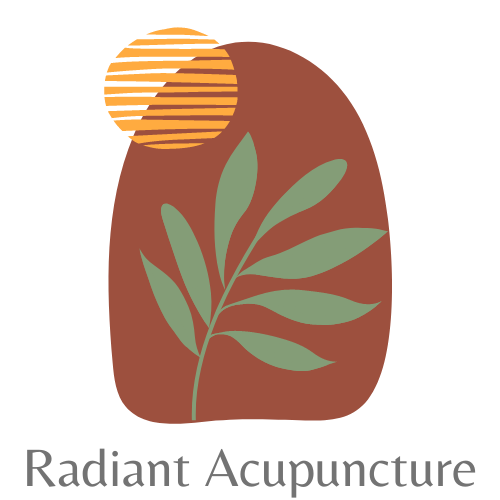Cupping, Gua Sha & Tui Na FAQs
-
Cupping and Gua Sha are centuries old medical techniques. Both techniques are used for their ability to reduce pain in both chronic, and sub-acute pain presentations. Other therapeutic benefits include reducing inflammation, oxidative and muscular stress as well as immunoprotective benefits.
-
Cupping therapy uses heat or pump suction to create a vacuum seal on the skin, breaking up adhesions that block the flow of nutrients to different parts of the body. The cups can be stationary or moved with lubricant, such as oil, across the skin and fascia. This technique is effective in relieving pain, stimulating the lymphatic system and blood flow, and aiding in the removal of toxins. By releasing tension and improving circulation, cupping promotes healing throughout the body, helping to treat stress, anxiety, respiratory symptoms, colds, flus, and boosting immunity.
-
Gua refers to the act of 'scraping,' while Sha refers to the red or purple petechiae that appear on the skin's surface as a result of the technique. Gua Sha involves using a blunt tool to apply mild to firm, unidirectional pressure strokes, stimulating microcirculation, stretching connective tissue, and softening adhesions to improve blood and lymphatic circulation. This technique enhances circulation by moving energy and blood, removing stagnation, expelling heat, fevers, and upper respiratory infections, and calming the nervous system.
-
In areas with pain or injury, old blood, lymph, and toxins accumulate. Cupping and Gua Sha bring this stagnation to the surface, where it can be metabolized and excreted. The color of the marks, ranging from pink to purple, indicates the level of stagnation—the darker the mark, the more stagnation. These marks typically last several days to a week, fading as stagnation improves with each treatment.
-
Cupping and Gua Sha bring blood to the surface—Gua Sha through friction and cupping through suction—without damaging blood vessels or breaking the skin. This process, called extravasation, results in colored marks ranging from light red to dark purple, which are not bruises and aren't painful. While the marks can appear dramatic, the treatment feels great, providing immediate relief from pain and tightness. Patients love the results.
-
For the full benefits of your therapy and to avoid any negative side effects, it’s recommended to limit or avoid alcohol, caffeine, sugary drinks, sugar, dairy, processed meats, tight clothing, intense exercise, saunas, steam rooms, hot tubs, strong air conditioning, cold plunges, and exposure to cold or windy environments for 24 hours after treatment.
-
Tui Na (pronounced twee-nah) is an ancient Chinese practice and one of the four main branches of traditional Chinese medicine. This "needle-free" therapy uses hand and arm techniques (similar to a massage) like kneading, pressing, and stretching, often combined with acupressure, to restore balance, accelerate healing, and realign the body.
-
The goal of Tui Na is to balance the body's yin and yang by removing blockages that cause illness, disease, and emotional issues. It can be applied as deep bodywork or gentle energy treatment. Tui Na treats pain, stiffness, insomnia, headaches, digestive issues, fertility, respiratory disorders, and emotional concerns, while also maintaining good health, reducing stress, and promoting relaxation.

